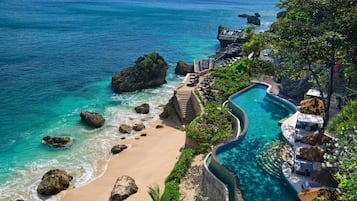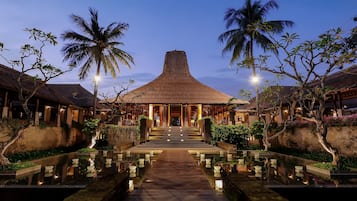Bali's earliest documented records date back to the 8th century, showing the early spread of Buddhism and Hinduism. Bali's history has also revolved around the rise of the Majapahit Kingdom with the expansion of the old Hindu dynasty from the neighbouring island of Java.
The first European contacts were made with the Portuguese, the Spanish, then the Dutch, together with the rise of the spice trade via the Malacca Strait in the 16th century. Occupation by the Dutch via the Dutch East India Company preceded the nation's struggle for independence. Bali has remained strong to present-day with its arts and culture strongly influenced by Hinduism.

Since the beginning of time
Bali is an island that’s been inhabited for a long time. Sembiran, a village in northern Bali, is believed to have been inhabited during the Ice Age, based on discovered stone axes and adzes.
Further discoveries of more sophisticated stone tools, agricultural techniques and basic pottery at Cekik in Bali's far west point to the people of the Neolithic era. There’s evidence of a settlement together with burial sites of around a hundred people thought to date from the Neolithic through to the Bronze Age.
The massive drums of the Bronze Age, together with their stone moulds have been discovered throughout the Indonesian archipelago, including the most famous and largest drum in Southeast Asia, the Moon of Pejeng – it’s nearly 2 metres wide and is now housed in a shrine at the Penataran Sasih temple in east Ubud.
In East Java and Bali, there has also been a concentration of carved stone sarcophagi which you can see at the Bali Museum in Denpasar and at the Museum Purbakala in Pejeng, central Bali.
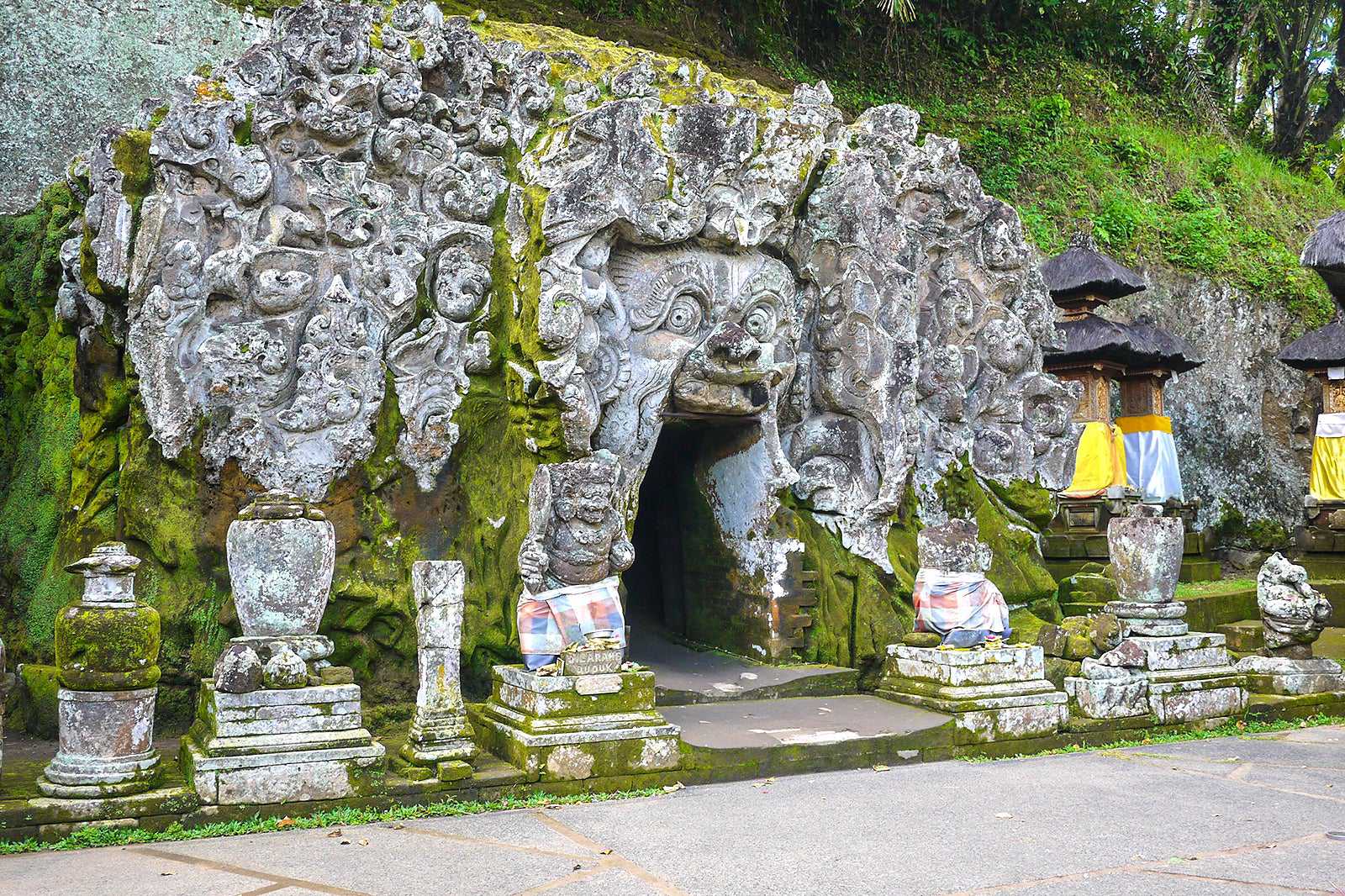
Of early traders and old kingdoms
The prasasti, or metal inscriptions, are Bali's earliest written records from the 9th century AD. They show a significant Buddhist and Hindu influence, especially in the statues, bronzes and rock-cut caves around the landmark sites of Gunung Kawi and Goa Gajah.
The Balinese King Udayana married East Java's Princess Mahendratta. Their son, Erlangga, born around in 991 AD, later succeeded to the throne of the Javanese kingdom and brought Java and Bali together until his death in 1049.
In 1284, Bali was conquered by Kertanegara, the ruler of the Singhasari kingdom, until the turn of the century. Bali came under its own rule under the hands of King Bedaulu of Pejeng, east of Ubud.
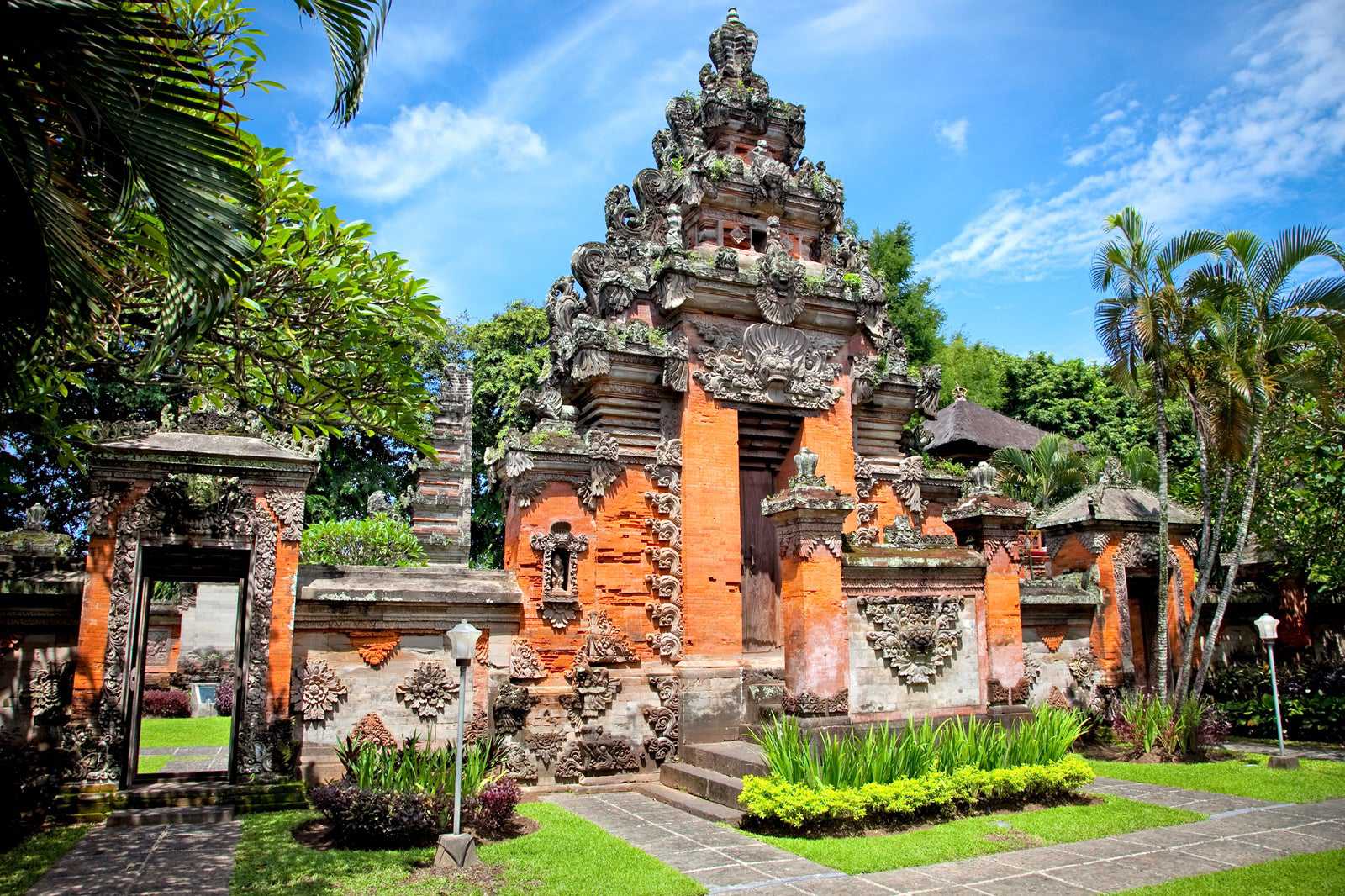
Mighty Majapahit and Bali’s Golden Age
The year 1343 AD is an important date in Bali's history. It’s when the whole island was conquered by East Java under the mighty Hindu Majapahit kingdom. This resulted in massive changes in Balinese society, including the introduction of the caste system.
Balinese who did not embrace the changes fled to the isolated and remote mountainous areas. Their descendants are known today as the Bali Aga or Bali Mula, literally, the ‘indigenous Balinese'. They still live separately in villages like Tenganan near Candidasa and Trunyan on the shores of Lake Batur and maintain their ancient laws and traditional ways.
When Majapahit in East Java fell in 1515, the many small Islamic kingdoms in the island merged into the Islamic Mataram empire. Majapahit's most dedicated Hindu priests, craftsmen, soldiers, nobles and artists fled east to Bali and flooded the island with Javanese culture and Hindu practices. Considering the huge influence and power of Islam at the time, it’s worth pondering why and how Bali still remained strongly Hindu and Buddhist.
Watu Renggong, also known as Dewa Agung (‘great god’), became king in 1550. This title became hereditary through the succeeding generations of the kingdom of Gelgel, and later Klungkung, until the 20th century. Bali reached the pinnacle of its Golden Era under the reign of the so-called 'great god' ruler.
Bali's decline started when Watu Renggong's grandson, Di Made Bekung, lost Blambangan, Lombok and Sumbawa. Di Made Bekung's chief minister, Gusti Agung Maruti, eventually rebelled and reigned from 1650 to 1686, when he, in turn, was killed by Di Made Bekung's son, Dewa Agung Jambe, who then moved the court to Klungkung and named his new palace the Semarapura, or ‘Abode of the God of Love’.
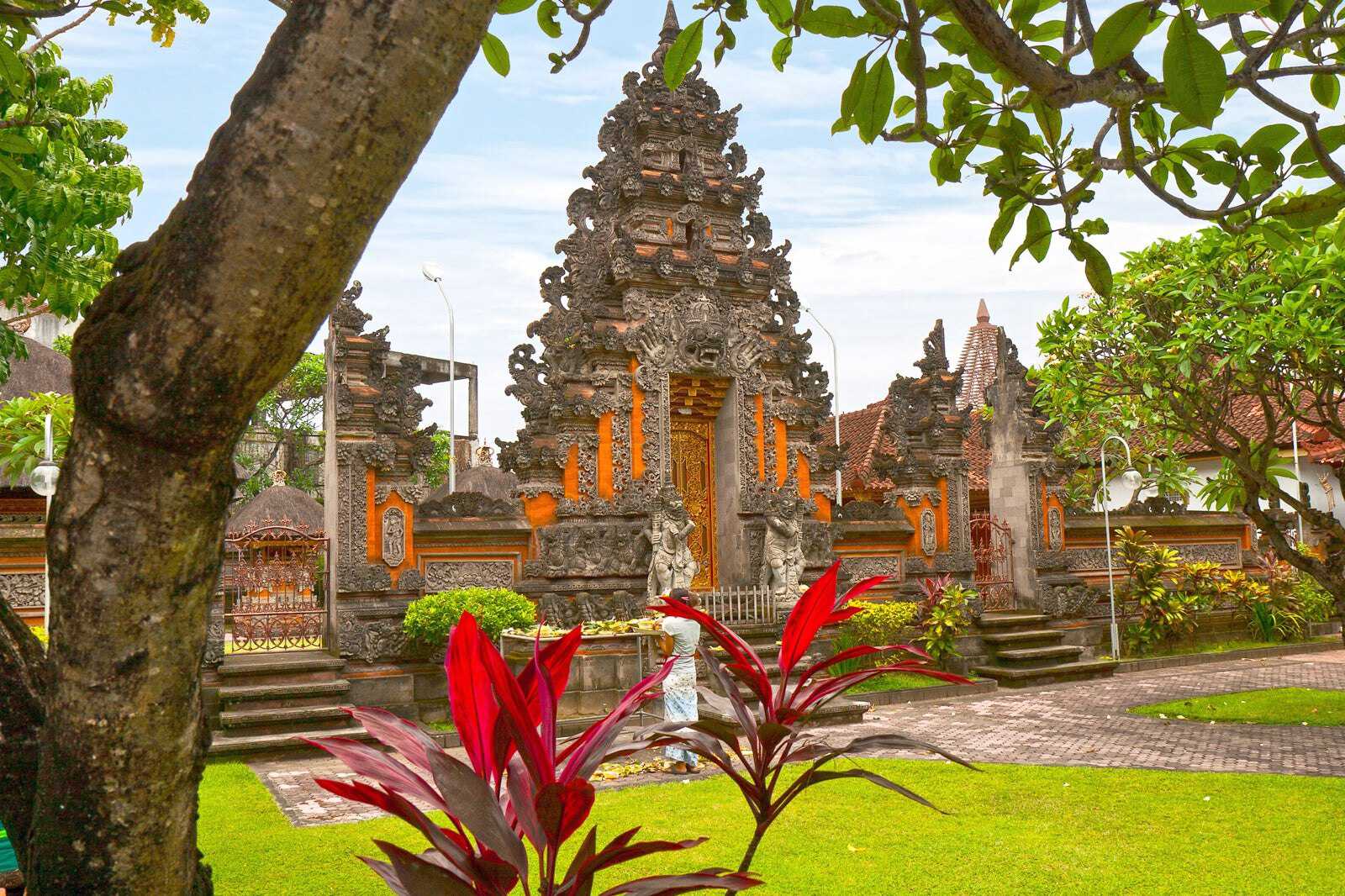
Of foreign tricks and trade
Bali was unknown to Europeans until the end of the 15th century when explorers from Portugal, Spain and England encountered the island while searching for the lucrative spice islands. Bali was marked on their maps as Balle, Ilha Bale or Java Minor, but was rarely visited.
Later in the 19th century, conflicts in Europe brought massive repercussions in Bali. In 1840, the Dutch envoy, with the very skilful and devious negotiator, Huskus Koopman, began a series of visits to persuade the Balinese to agree to Dutch sovereignty. He managed to make treaties with the regencies of Badung, Klungkung, Buleleng, Karangasem and Tabanan agreeing to a Dutch trade monopoly, while the rajas failed to realize that they’d also virtually agreed to give the Dutch sovereignty over their lands and reefs.
Most regencies ratified the treaties, but Buleleng and Karangasem stood firm. The brother of the rajas of Buleleng and Karangasem, Gusti Ketut Jelantik, finally voiced the brave sentiments that he’d rather have the kris decide than a mere scrap of paper.
The kris, a traditional curved knife, used in battle, did decide when on May 20, 1849, after years of domination and hardship, the Balinese of Karangasem all committed puputan or ritual suicide. So the stage was set for the Balinese who preferred to die than live cheated and subservient to Dutch power.
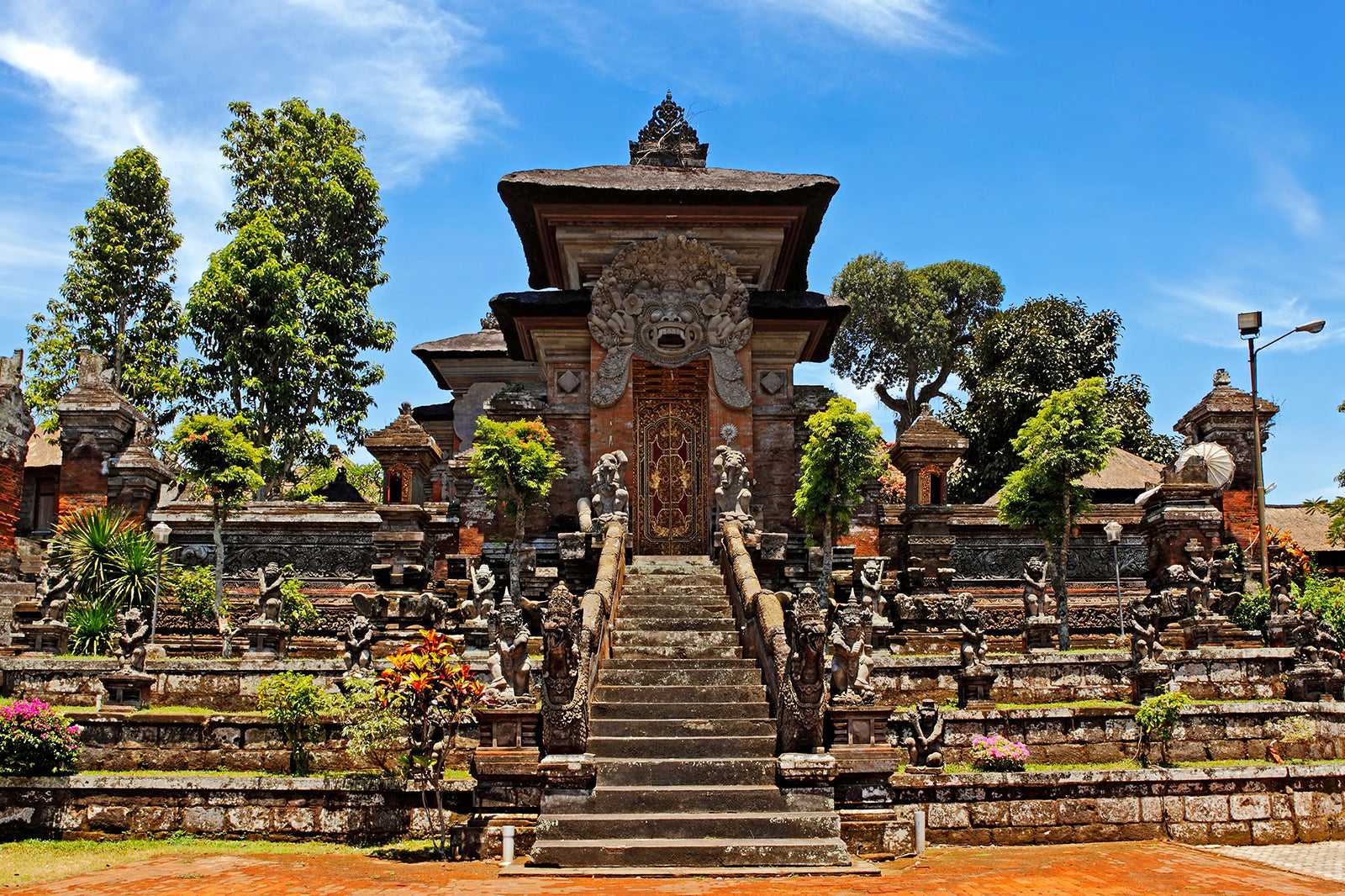
Colonial rule and Dutch rules
The puputan rites caused quite a stir in Europe and the United States and the Dutch were pressured to moderate their policies in Bali and Indonesia. But having gained control of the island, the Dutch continued with the Ethical Policy of governing, a philosophy and approach which they claimed upheld Balinese values.
KPM, a steamship line started promoting tourism in Bali. The island's first few visitors stepped ashore in the 1920s, and by the 1930s Bali was welcoming around a hundred visitors every month.
Bali's visitors were mostly artists, musicians, anthropologists and writers – many made the enchanting island their home like the famous and infamous Walter Spies, the wonderful K'tut Tantri and the quirky yet talented Louise and Bob Koke.
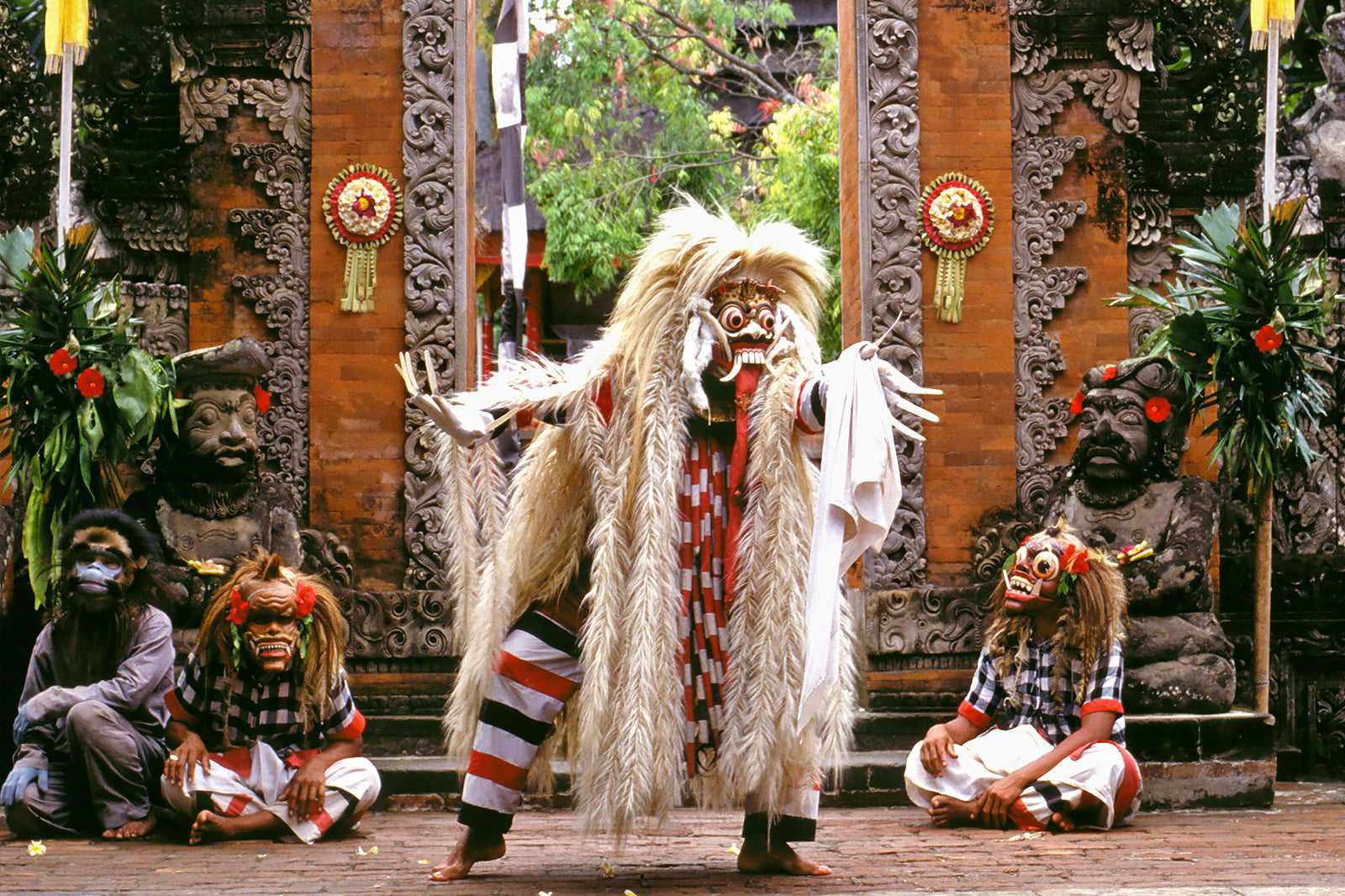
Independence
Throughout the 19th and 20th centuries, relations with the Dutch were still turbulent, resulting in the loss of many lives. In 1949, under continuing world pressure, the UN Security Council ordered the Dutch to withdraw their armed forces and negotiate, instead of dominate.
In 1950, the Republic of Indonesia was formed, with Sukarno as president. While Bali is part of Indonesia, there are significant religious, historical and cultural differences with Java and the other main islands.
Present-day Bali remains independent with a strong Hindu community in a country that’s dominated by Islam, retaining a certain amount of autonomy from Jakarta.



